If your goal is a beautiful flower garden with lots of bees and butterflies flying around from summer to fall, then growing Helenium is the perfect choice for you!
Helenium is a great addition to any garden. The flowers resemble those of yellow daisies, but also come in a wide variety of hues including vibrant red, orange, gold and brown. And when they come into full bloom, do they ever brighten a garden with their stunning colors!
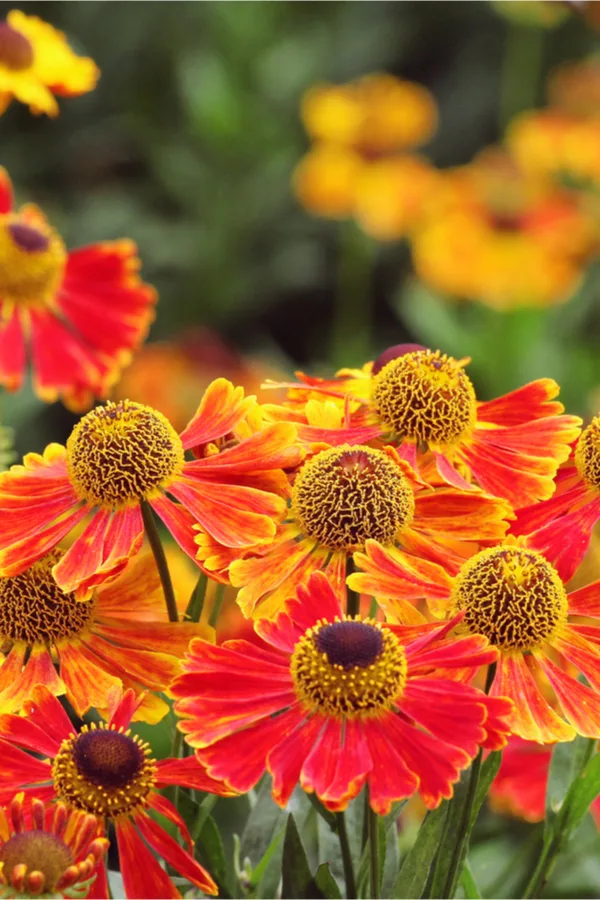
Helenium is an easy perennial to grow, requiring only minimal care and maintenance. Even better, these hardy plants are tough as well, standing up the harshest of conditions once established.
Here is a look at how to plant, maintain and grow Helenium, along with some of the best ways to use it to brighten up your flowerbeds like never before.
Growing Heleniums – A Brief History
Heleniums are native to North America, but can also be found growing in South America as well. You might think Heleniums’ popularity stops there, but they can also be found thriving in Europe, after being first introduced there way back in 1729. Helenium remains most common in the United States and the southern part of Canada.
Helenium derived its botanical name as a reference to Helen of Troy. The old myth goes that when Helen of Troy cried and her tears landed on the earth, flowers sprang up on the ground. Hence, the name Helenium.
Helenium is also often called Sneezeweed. But before you accuse these beautiful perennials of causing allergic reactions in humans, understand it is actually a big misconception. In fact, the name Sneezeweed has nothing at all to do with an allergic reaction.
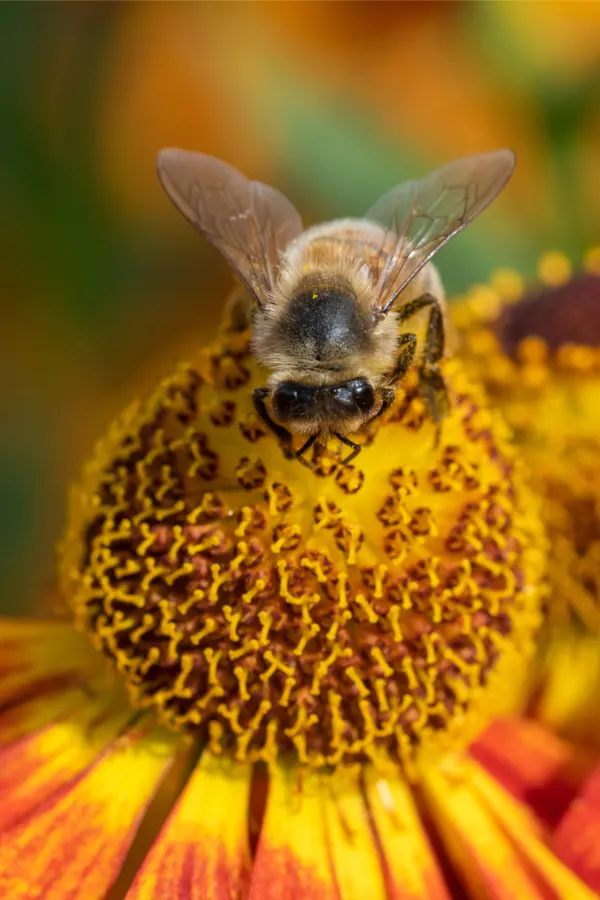
Helenium actually earned the nickname Sneezeweed because it has historically been used as an ingredient in snuff. The leaves and flower heads of the plant were crushed and mixed in to the product. And when sniffed directly, it often made the person sneeze.
The Beauty of Heleniums – Growing Heleniums
Heleniums are best known for their wide array of bright colors. The perennial has a spherical brown cone covered with golden pollen at the center of its flowers. This ball of pollen and seeds is what attracts bees and butterflies to the plant. (For other great pollinating perennials, see our article : How To Attract Birds, Bees & Butterflies To Your Yard)
Heleniums not only brighten the garden with their colorful flowers, but also give life with the activity from all of the butterflies and bees that they attract.
The flower petals of Helenium have three lobes on the edges. Typically, they droop downwards as they unfurl. The flowers come in a wide variety of color shades, but all fall within the main category of yellow, brown, red, orange, and gold. A fully-grown Helenium can measure 2 feet to 5 feet tall, with a spread of up to 1 to 2 feet.

How to Plant Heleniums – Growing Heleniums
Heleniums are worth the investment for sure. Not only are they easy to grow, but they can survive even the coldest of winters. They rise again from the ground each spring and then bloom in the late summer until early fall.
The best time to plant Helenium is during the spring season. It allows them to transplant well during the cool temperatures and then hit full stride for blooming as summer rolls around.
Heleniums fit in well with a wide variety of differing garden styles, from cottage and prairie plantings, to traditional or even wildflower gardens. Their bright colors and foliage mix well with many other perennials.
When planting, remember that a full-grown Helenium can reach up to 5 feet. With that in mind, they should be planted at the back of much shorter perennials. This way, there is harmony and balance in your overall landscape design.
As for specific plants for Helenium – dahlias, ornamental grasses, purple asters, goldenrod, and Joe Pye weed all look great and grow in perfect harmony.
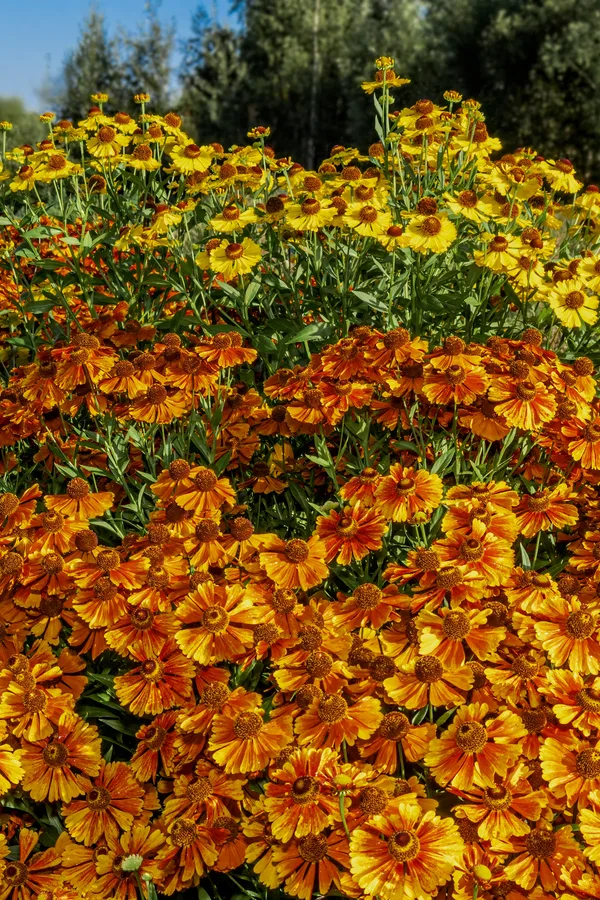
Planting Instructions – Growing Helenium
Helenium can be grown from seeds or transplants. Transplants will establish faster and flower more profusely in the first season. Growing from seed, it can take up to a full two years to develop larger plants and full bloom cycles.
Locate your plants in full sun for best results. A minimum of four to six hours of sunlight is good, eight hours of full sun is even better. Plant in groups for maximum effect and flower power. When grouped, the blooms can fill an entire area with superb color.
As for soil, Heleniums grow best in moist, well-draining soil. Planting with compost will help provide better drainage and a good nutrient source for the plants to establish well. They like a more acidic soil with a pH ranging from 5.5 to 7.0. If your soil tends to be alkaline, amend with an acidic enhancer to help spur growth.
How to Care for Heleniums
Heleniums do not require much in the way of long-term maintenance. They are tough plants that even deer and rabbits don’t like to eat!
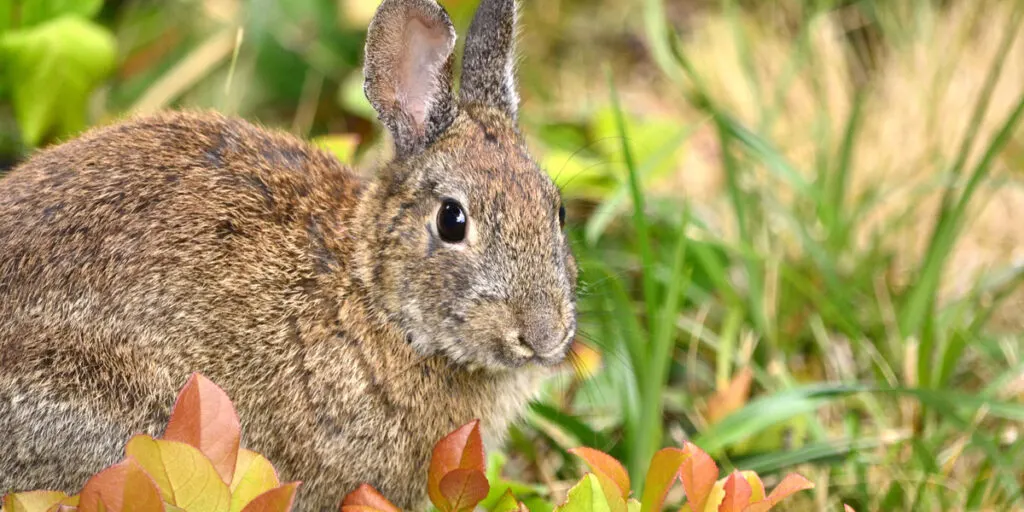
In fact, it helps that the flowers, foliage, and seeds of this plant are poisonous to many animals. It truly makes the plant one of the most pest resistant around. You really just have to remember two things to ensure their growth and witness their blooms in summer : water and sun.
Water
Even though they do like sunlight, Heleniums will not thrive in dry and overly hot soil. They prefer moderate to heavy moisture, so you will have to water them regularly during heavy dry spells. Supplying plants with a thick, three to four inch mulch will conserve soil moisture and reduce the need for watering.
Organic Fertilizer
Heleniums do not do well with heavy fertilization. In fact, too many nutrients will most likely lead to fewer flowers. In general, avoid additional fertilizing unless you have extremely nutrient deficient soil.
The mulch around the plants will usually provide a bit of help to the soil over time. As it breaks down, it will supply more then enough nutrients to power plants without overpowering them.
Maintenance
Hot weather often makes the plants grow too tall and very weak. Cut back the taller sections of your Heleniums if they grow too tall. This will help the plant to stay more compact and have a fuller bloom cycle.
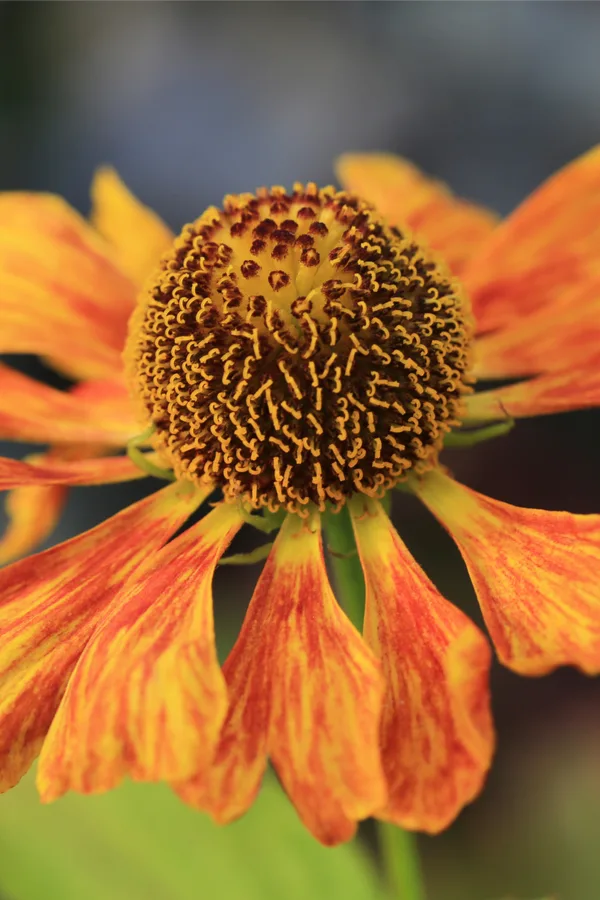
This encourages a sturdier stem that is not bound to flip over when hit by a strong wind. It will also keep the flowers stronger as well. After the flowering stage is completed, you can cut Helenium back to the ground for winter.
Helenium should be divided every few years to keep the roots from becoming overgrown. If your plants begin to grow weaker with fewer blooms, it is usually a sign that it is time to divide.
Takeaways
If you are looking for additional flowering plants to add more life and color to your garden, Heleniums are truly a great choice. They are easy to grow and maintain, and give you bright-colored flowers that will attract all kinds of butterflies and bees to your yard.
Follow Our Facebook Page For Great Gardening Tips And Advice! This Is My Garden Facebook Page
This Is My Garden is a garden website created by gardeners, for gardeners. Jim and Mary Competti have been writing gardening, DIY and recipe articles and books and speaking for over 15 years from their 46 acre Ohio farm. They publish three articles every week, 52 weeks a year. Sign up today to follow via email, or follow along!

